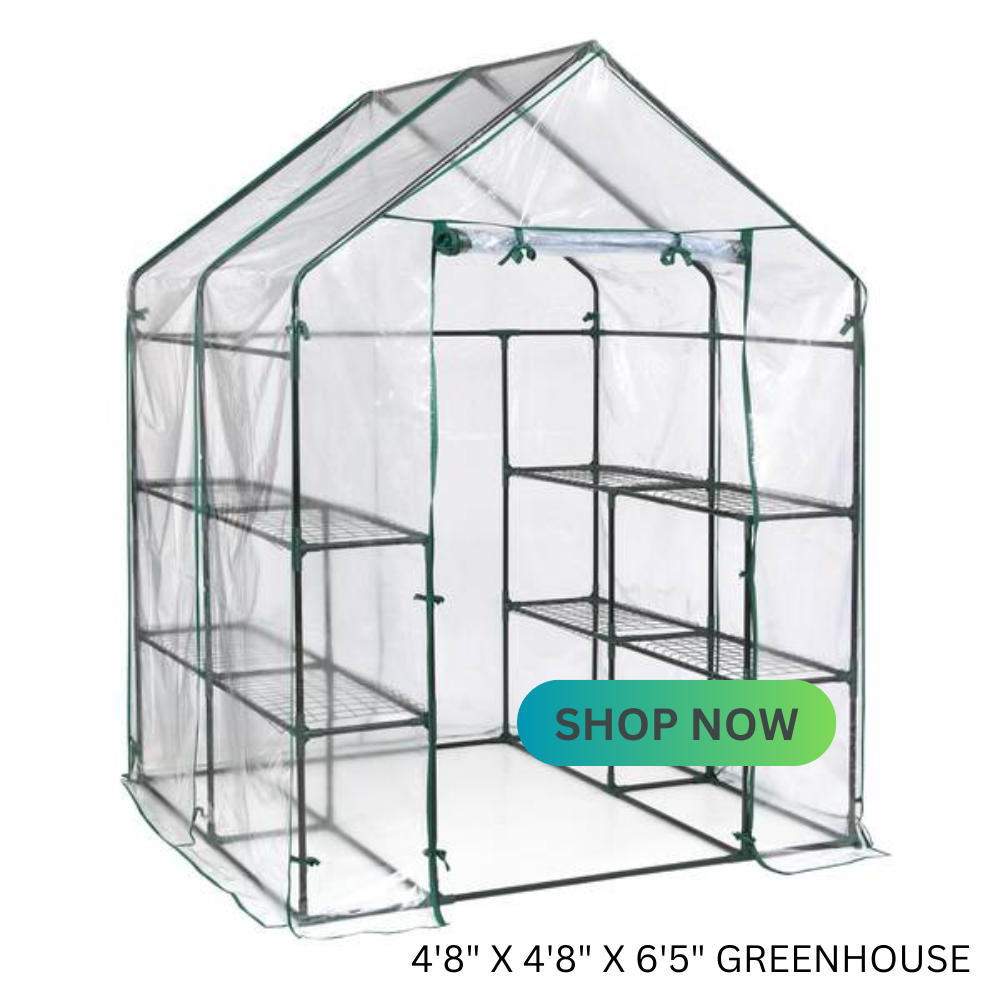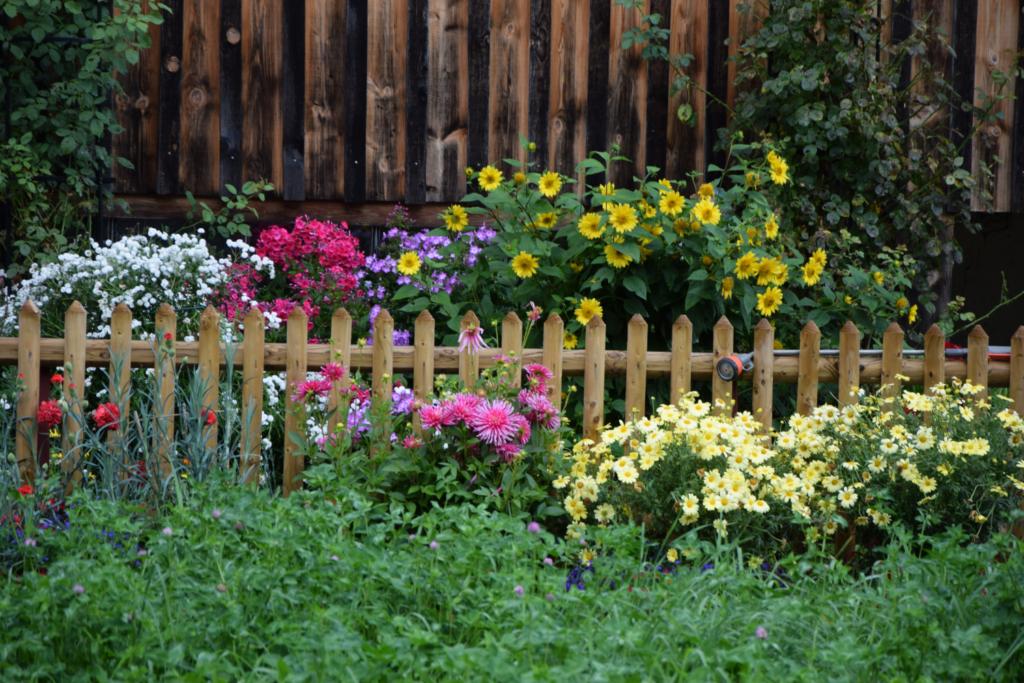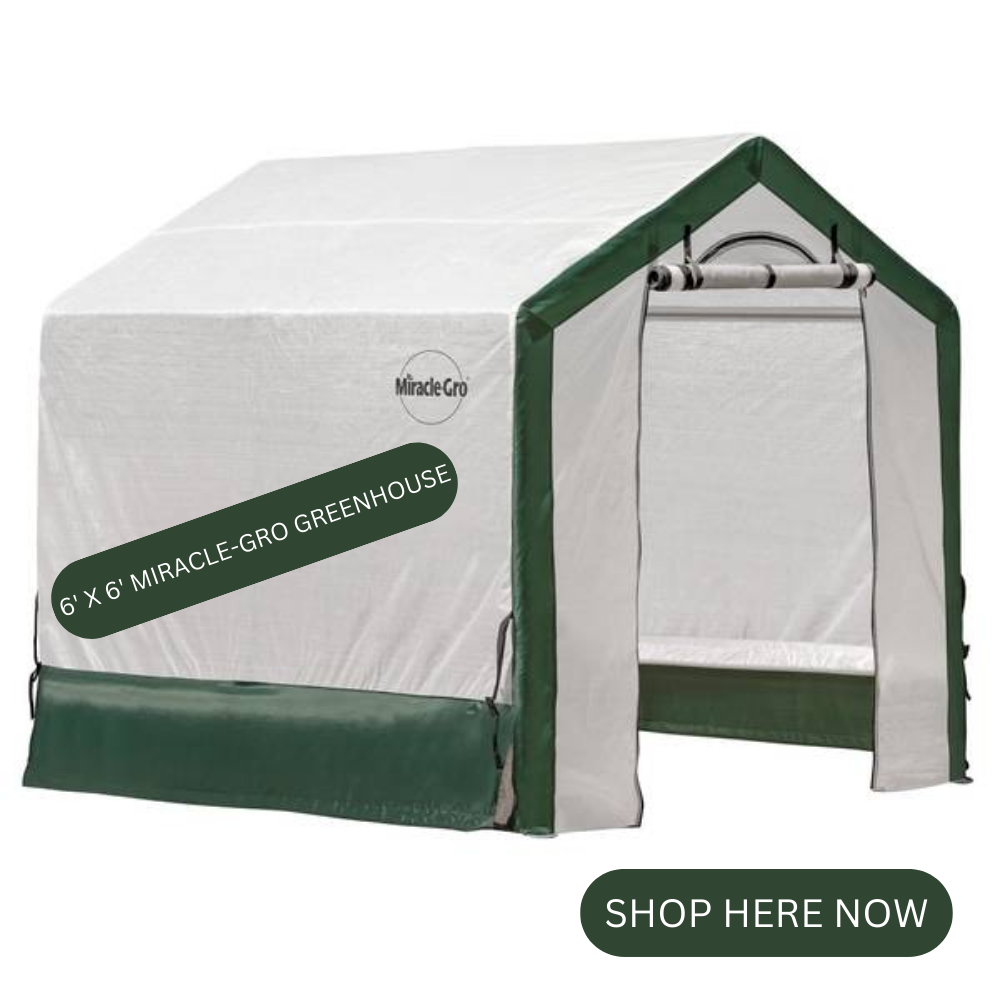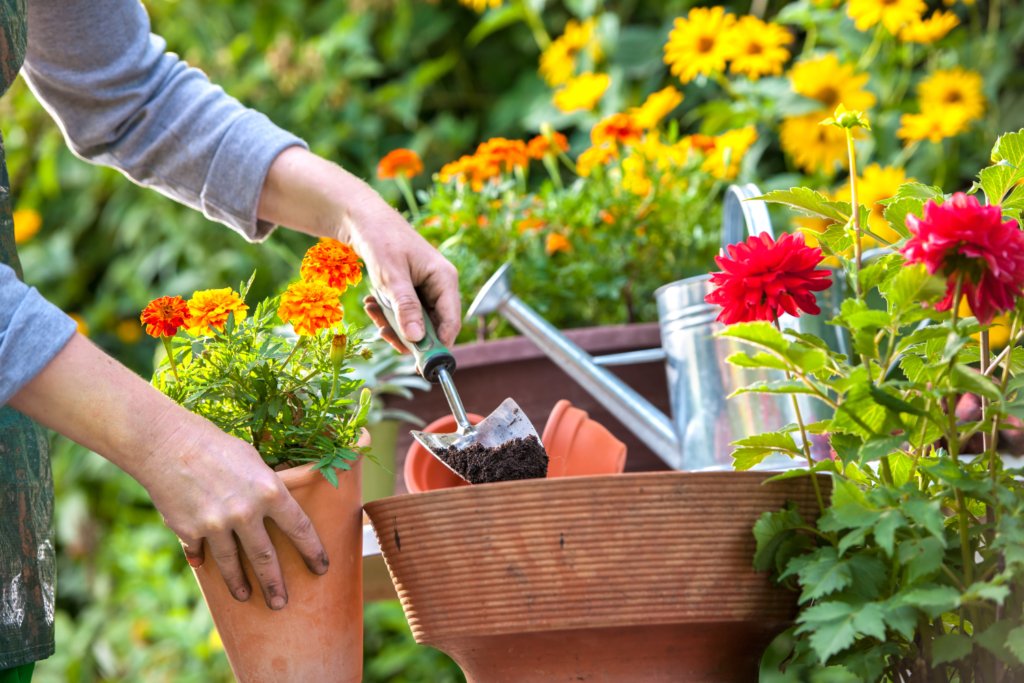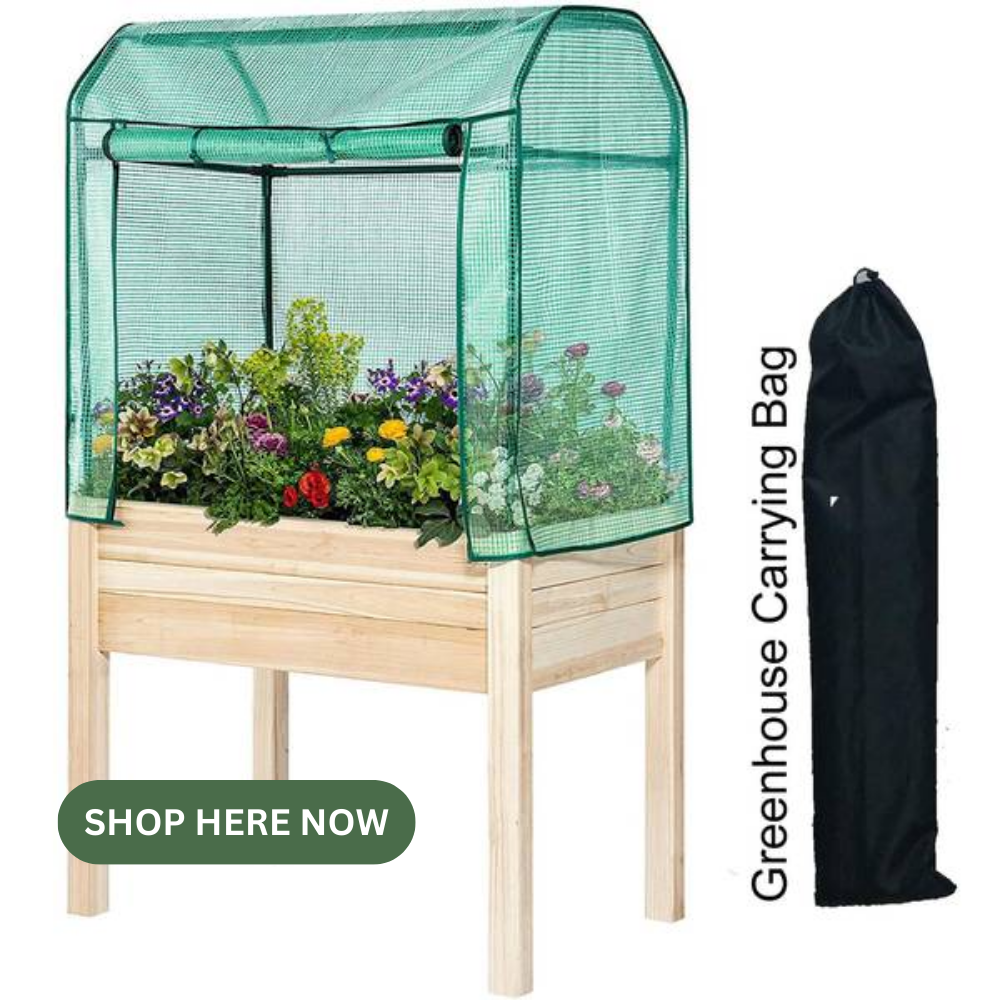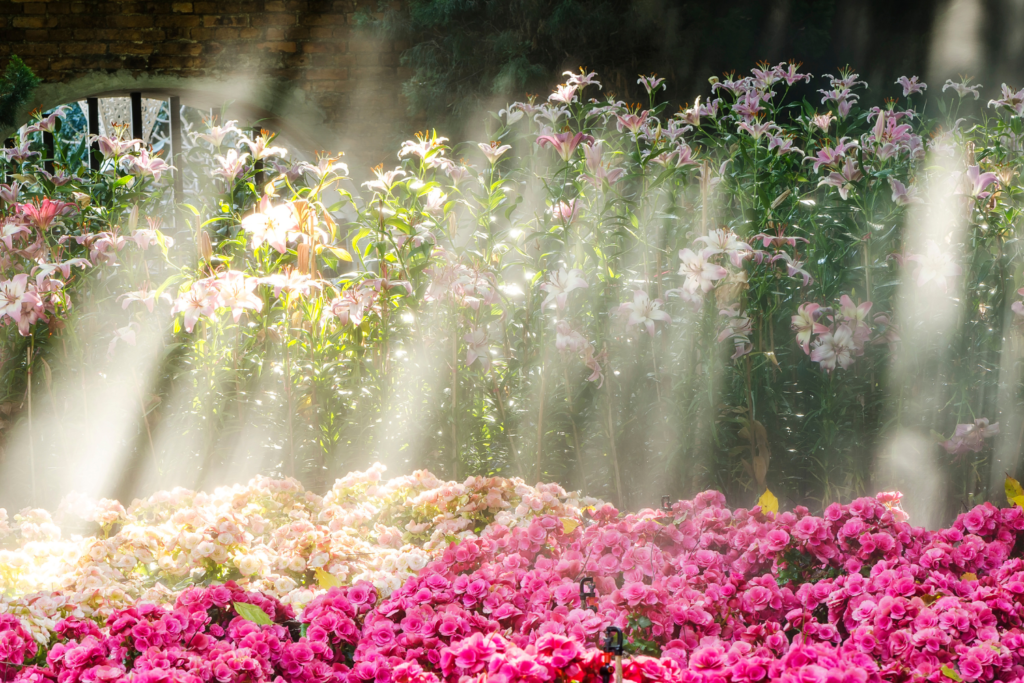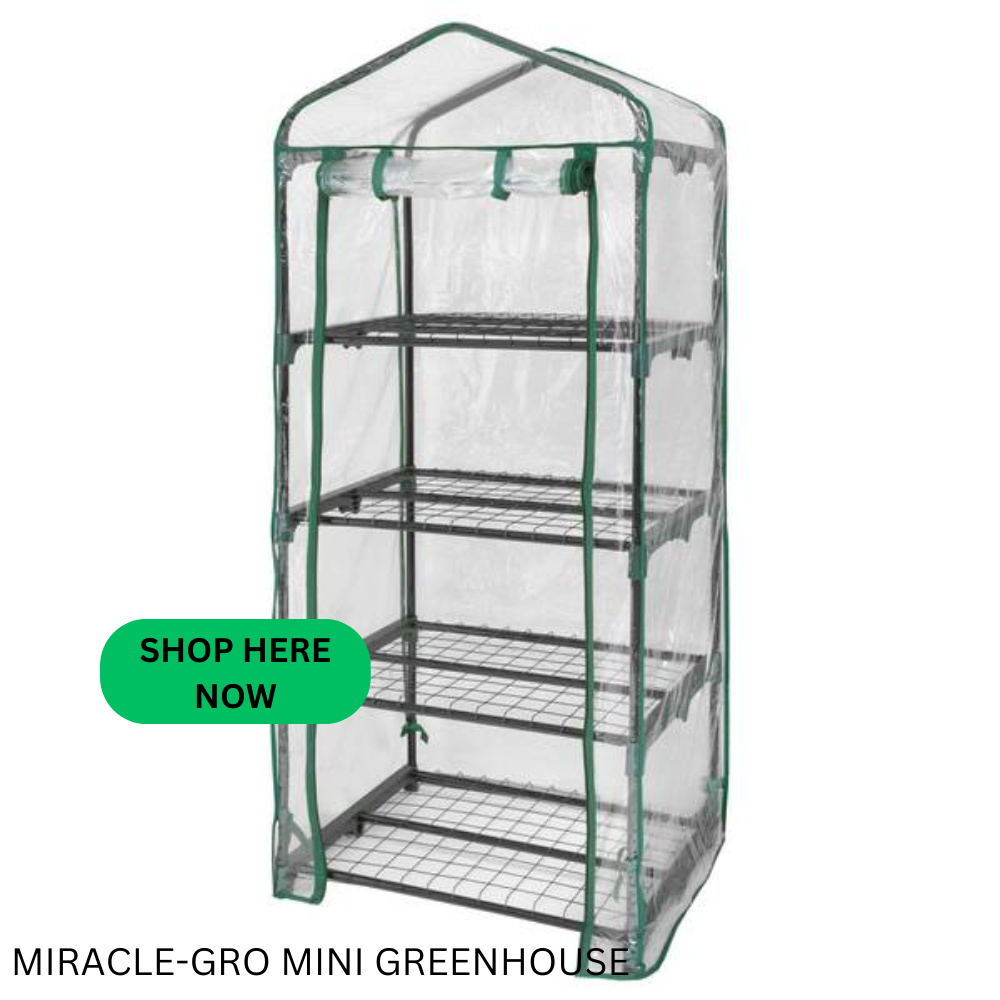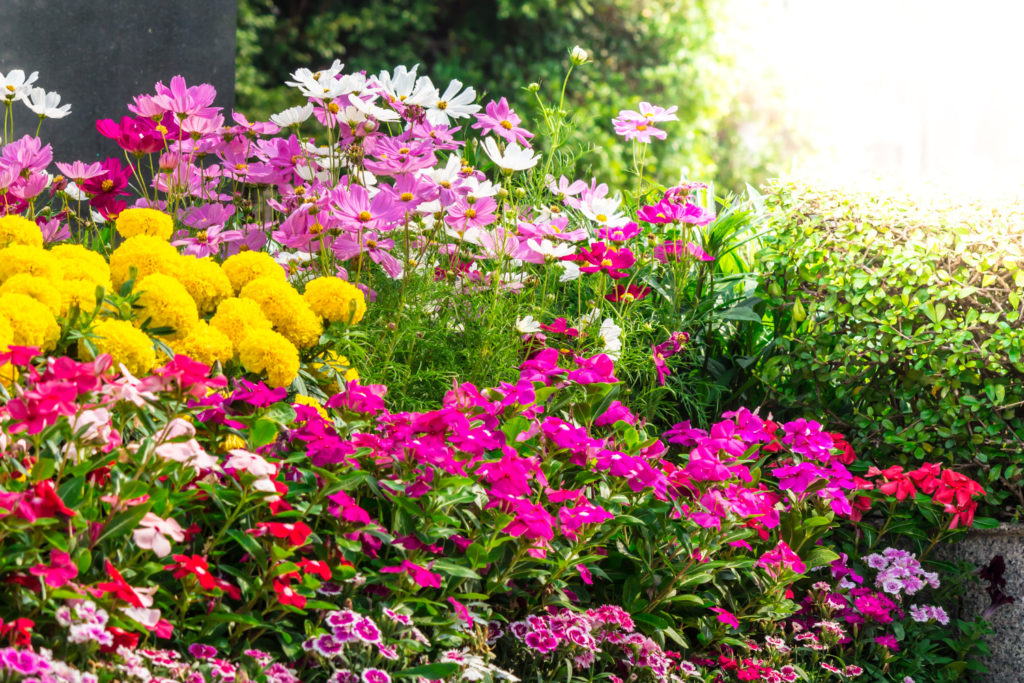
This post may contain affiliate links. As an affiliate, we earn from qualifying purchases. But we only recommend products we would use ourselves. View our Disclosure Policy here.
Gardening isn’t just about nurturing plants for their aesthetic appeal or harvesting fruits and vegetables for our consumption; it’s also about fostering an ecosystem where life thrives. One of the key aspects of gardening that often goes unnoticed is pollination. Pollination is the process by which plants reproduce, and it’s essential for the health and vitality of both our gardens and the broader environment. Let’s delve into the world of gardening for pollination, exploring the best types of plants and flowers for attracting pollinators, the reasons behind their effectiveness, and how to cultivate them for optimum pollination.
The Importance of Pollination
Pollination is crucial for the reproduction of flowering plants, including many of the fruits, vegetables, and flowers that we enjoy in our gardens. It’s estimated that around 75% of the world’s flowering plants rely on pollinators to reproduce [1]. This process involves the transfer of pollen from the male reproductive organs (anthers) of a flower to the female reproductive organs (stigma), leading to fertilization and the production of seeds and fruits.
The primary pollinators are insects such as bees, butterflies, moths, beetles, and flies, although some plants are also pollinated by birds, bats, and other animals. Without pollinators, many plant species would struggle to reproduce, leading to a decline in biodiversity and impacting ecosystems worldwide.
Types of Plants and Flowers for Pollination
Not all plants are equally attractive to pollinators. Some species have evolved specialized traits to attract specific pollinators, such as brightly colored flowers, fragrant scents, or nectar rewards. When planning a garden for pollination, it’s essential to select plant species that are known to attract a diverse range of pollinators.
Native Wildflowers: Native wildflowers are an excellent choice for attracting pollinators because they have evolved alongside local pollinators and are well-adapted to their needs. Examples include black-eyed Susans (Rudbeckia hirta), purple coneflowers (Echinacea purpurea), and bee balm (Monarda spp.).
Herbs: Many herbs are not only useful for culinary purposes but also attract pollinators with their fragrant flowers. Examples include lavender (Lavandula spp.), basil (Ocimum basilicum), and thyme (Thymus spp.).
Fruit-bearing Plants: Fruits such as strawberries, raspberries, and blueberries rely on pollinators for successful fruit set. Planting these in your garden not only provides delicious treats for yourself but also attracts pollinators.
Native Shrubs and Trees: Shrubs and trees, particularly those native to your region, provide valuable habitat and food sources for pollinators. Examples include elderberry (Sambucus spp.), serviceberry (Amelanchier spp.), and willows (Salix spp.).
Reasons for Effectiveness
The effectiveness of certain plants for pollination can be attributed to several factors:
Flower Structure: Plants with open, accessible flowers make it easier for pollinators to access nectar and pollen. Flowers with landing platforms, such as those found in the daisy family (Asteraceae), are particularly attractive to bees and butterflies.
Nectar and Pollen Production: Plants that produce ample amounts of nectar and pollen are more likely to attract and sustain pollinator populations. These resources serve as food for adult pollinators and their larvae, ensuring their continued presence in the garden.
Seasonal Blooms: Selecting plants that bloom at different times throughout the growing season ensures a continuous food supply for pollinators. Early spring bloomers like crocuses and snowdrops provide essential resources for emerging pollinators, while late-season flowers such as asters and goldenrods help sustain them into the fall.
Cultivating Plants for Optimum Pollination
Once you’ve selected the right plants for your pollinator garden, it’s essential to plant them in a way that maximizes their effectiveness:
Group Plantings: Planting multiple individuals of the same species together in clusters can increase their visibility to pollinators, making it easier for them to locate and visit the flowers.
Variety of Species: Incorporating a diverse range of plant species in your garden attracts a broader array of pollinators and ensures a continuous food supply throughout the season.
Sun and Water: Most flowering plants prefer full sun, so be sure to plant them in locations where they’ll receive adequate sunlight. Additionally, providing a consistent water supply, especially during dry periods, ensures that plants remain healthy and produce abundant flowers.
Avoid Pesticides: Pesticides can harm pollinators, so it’s best to avoid using them in your garden. Instead, opt for natural pest control methods such as handpicking pests or introducing beneficial insects like ladybugs and lacewings.
Caring for Pollinating Plants
Taking good care of your pollinating plants ensures that they remain healthy and productive:
Regular Watering: Most flowering plants require consistent moisture to thrive, so be sure to water them regularly, especially during hot and dry periods.
Deadheading: Removing spent flowers, also known as deadheading, encourages plants to produce more blooms, prolonging the flowering period and attracting more pollinators.
Mulching: Applying a layer of organic mulch around the base of your plants helps retain moisture, suppress weeds, and improve soil health, creating an ideal environment for pollinators.
Fertilizing: While pollinating plants generally don’t require heavy fertilization, a light application of compost or organic fertilizer in the spring can provide them with the nutrients they need for healthy growth and blooming.
Health Benefits of Pollination
In addition to supporting ecosystem health, gardening for pollination offers numerous benefits for human well-being:
Stress Reduction: Spending time in the garden surrounded by blooming flowers and buzzing pollinators has been shown to reduce stress levels and promote relaxation.
Physical Activity: Gardening is a form of moderate exercise that can help improve cardiovascular health, strength, and flexibility.
Connection to Nature: Cultivating a pollinator-friendly garden fosters a deeper connection to the natural world, promoting environmental stewardship and conservation awareness.
Nutritional Benefits: Growing fruits and vegetables that rely on pollinators ensures a fresh and nutritious food supply, contributing to a healthy diet and overall well-being.
The Environmental Benefits of Pollination
Pollination plays a vital role in maintaining healthy ecosystems and supporting biodiversity:
Ecosystem Services: Pollinators contribute to essential ecosystem services such as crop pollination, which is critical for food production, and wild plant reproduction, which sustains diverse habitats and ecosystems.
Biodiversity: Pollinators play a key role in the reproduction of flowering plants, many of which serve as primary food sources for other wildlife. A decline in pollinator populations can have cascading effects on biodiversity and ecosystem functioning.
Habitat Restoration: Creating pollinator-friendly habitats in gardens, parks, and natural areas helps restore and conserve native plant communities and provides vital resources for pollinator populations.
Climate Resilience: Pollinator-dependent crops are more resilient to climate change and other environmental stressors when pollinator populations are healthy and diverse, highlighting the importance of conserving pollinator habitats and promoting sustainable gardening practices.
Gardening for pollination is not only a rewarding and enjoyable pastime but also a vital contribution to ecosystem health and biodiversity conservation. By selecting the right plants, providing optimal growing conditions, and caring for pollinators, gardeners can create vibrant and sustainable gardens that benefit both humans and the environment. As we tend to our gardens, let us remember the intricate dance of pollination taking place among the flowers, an essential process that sustains life on Earth.
As the renowned botanist Luther Burbank once said, “Flowers always make people better, happier, and more helpful; they are sunshine, food, and medicine for the soul.” Let us embrace the beauty and wonder of pollination in our gardens, knowing that every bloom is a testament to the interconnectedness of all living things.
Ollerton, J., Winfree, R., & Tarrant, S. (2011). How many flowering plants are pollinated by animals? Oikos, 120(3), 321–326. https://doi.org/10.1111/j.1600-0706.2010.18644.x

